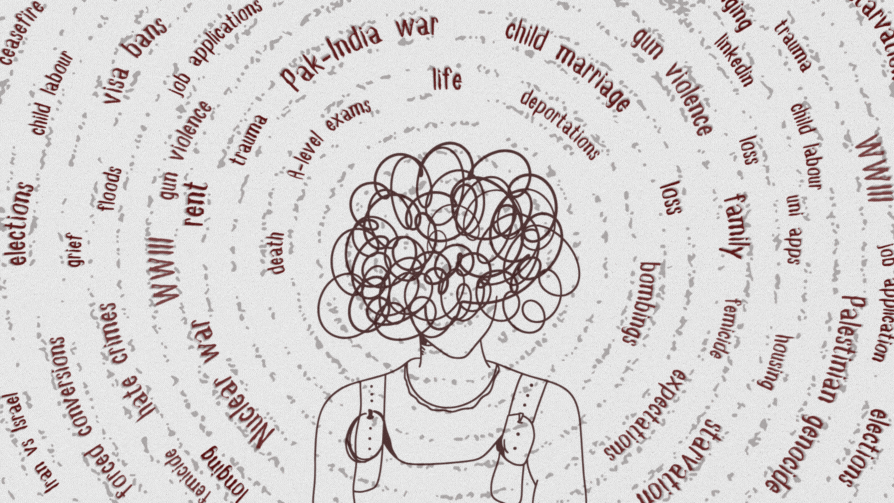When Anya Taylor-Joy wears a ‘burqa’ it’s okay, but when Muslims do it…
Why is that when white women wear something that is usually worn by a POC minority, it instantly becomes kosher — or even haute couture — in the eyes of the public? Take Anya Taylor-Joy’s outfit to the Dune 2 premiere in London. She wore what is essentially a white burqa to the premiere, but instead of the usual snide comments and sneering looks Muslim women get when they wear burqas, Taylor-Joy was celebrated for her taste in fashion.
On one corner of social media, amid all the praise and fawning over her outfit and the jokes about her becoming sister Anya Taylor-Joy, was a discussion on how uncomfortable her outfit made Muslim people feel. It’s about more than clothes — the discussion circles back to appropriation.

Appropriation is a complex issue, but the conversation essentially boils down to the idea that white people are praised for wearing or doing something that people of colour or people of different religions were penalised for wearing or doing. When Muslim women wear hijabs or burqas or niqabs, they are often given dirty looks or become victims to hate crimes.
Their hijabs are yanked off and they are given wide berths as the label ‘terrorist’ or ‘radical’ gets thrown about. When French women wear scarves on their heads, they are described as chic and fashionable. When Anya Taylor-Joy wears a burqa by another name, she’s described as ethereal and bold. But Muslim women in France faced a hijab ban, and so did Muslim students in the Indian state of Karnataka.
This particular outfit — ostensibly based off a bridal gown from the Christian Dior 1961 spring line — inspired a lot of discomfort among people online. The idea that Taylor-Joy can wear something that so many Muslim women receive backlash for wearing was discomfiting.
People argued that the gown itself was inspired by Catholic traditions, and that may well be true. But the imagery of what constitutes modest-wear in most religions is quite similar.
The garb of Catholic nuns, conservative Jewish women and conservative Muslim women is all very similar in its imagery and this outfit essentially resembles the clothes worn by conservative women who are often ridiculed for their choices or told that they are being oppressed.
As we all know, the West loves to tell people they are oppressed, whether they are or not and the veil is often in their eyes a marker for oppression.
In a world where the very act of existing as a Muslim is seen as a threat, this outfit is a very poor choice.
The outfit, and the implications behind it, also speak to the sexualisation of women from the Middle East. The idea of exotic, mysterious women, shrouded in veils often displaying nothing but their sultry eyes, lined heavily with kohl is nothing new when it comes to Hollywood.
The exoticisation and sexualisation of non-white women in Hollywood is something that merits an entire article of its own. Taylor-Joy’s outfit also speaks to the orientalist idea that Muslim women’s veils are an alluring way to attract men.
Some people also discussed the very idea of Dune itself and the movie’s departure from the original novel’s Islamic influences.
Dune, written by Frank Herbert in 1965, drew heavily from Islamic history and influences. Haris A Durrani argues in The Washington Post that the movie series has effectively erased the Islamic influences of the book in a failed bid to reduce the “exotic costumery”. “In justifying the film’s exclusion of Muslim and MENA creatives, it truly relegates Dune’s Muslimness to exotic aesthetics. The resulting film is both more Orientalist than the novel and less daring,” he wrote.
The removal of Islamic influences from the movie, as well as Taylor-Joy’s outfit to the premiere speak to a greater issue of how the world sees Islam and Muslims. To her, the actor’s outfit may be a fashion statement, but to the rest of us, seeing her posing in front of a picture of a desert, dressed in the flowing garments that we see so often labelled oppressive and backward, it says that traditionally Muslim garments are only okay if someone other than a Muslim woman wears them.












Comments